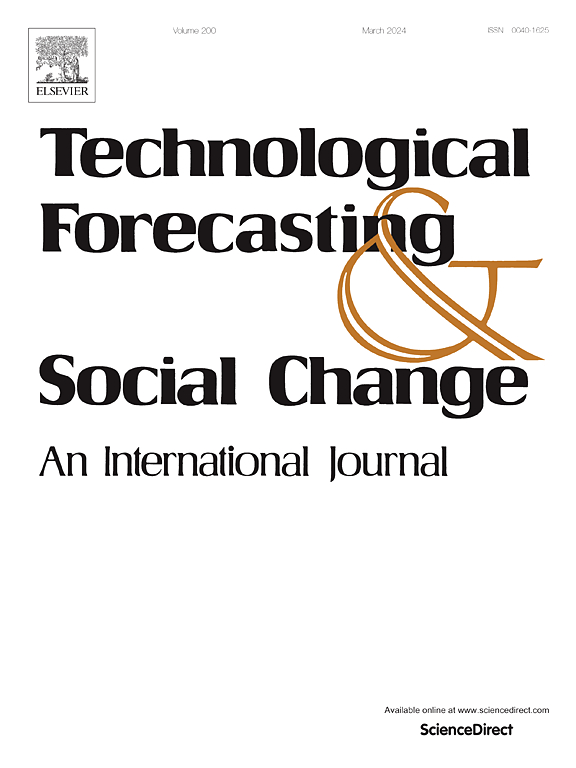Deriving experience curves: A structured and critical approach applied to PV sector
IF 12.9
1区 管理学
Q1 BUSINESS
Technological Forecasting and Social Change
Pub Date : 2024-10-21
DOI:10.1016/j.techfore.2024.123795
引用次数: 0
Abstract
Experience curves are widely used for cost estimates in energy-economy models and are proposed as a forecasting tool for projecting the future environmental impact of emerging technologies. However, further application is limited by data availability and methodological challenges related to modelling the dynamic relationship between cost, different kinds of learning, and scale effects. This paper systematically compares existing experience curves using empirical data from the PV sector. We compare the cost forecast of the assessed experience curves, derive the learning rates over different periods, and draw parallels to the environmental experience curve. Our results show that the single-factor experience curve (SEFC) is the most stable model, showing consistent performance across different technological eras, train-test splits and validation methods. Two-factor and multi-factor experience curves exhibit higher sensitivity, with their performance metrics varying significantly based on the data subsets used. Diagnostic tests are important to examine the robustness of the results. For the environmental experience curve, data quality and model explanatory power are lower, yet there is potential for its applicability in projecting environmental impact and energy use. Policymakers and modellers should consider the specific technological era when using learning rates for decision-making. Our findings indicate that learning-by-doing provides a steady learning rate across all experience curves. In the early stages of technological maturity, cost reductions in the PV industry are driven by learning-by-innovation, which is later dominated by economies of scale.
得出经验曲线:适用于光伏行业的结构化批判方法
经验曲线被广泛用于能源经济模型中的成本估算,并被提议作为预测新兴技术未来环境影响的预测工具。然而,由于数据可用性以及成本、不同类型的学习和规模效应之间动态关系建模方法上的挑战,经验曲线的进一步应用受到了限制。本文利用光伏行业的经验数据,系统地比较了现有的经验曲线。我们比较了所评估的经验曲线的成本预测,得出了不同时期的学习率,并与环境经验曲线进行了比较。我们的结果表明,单因素经验曲线(SEFC)是最稳定的模型,在不同的技术时代、训练-测试分割和验证方法中表现出一致的性能。双因素和多因素经验曲线表现出更高的灵敏度,其性能指标因所使用的数据子集而有显著差异。诊断测试对于检查结果的稳健性非常重要。环境经验曲线的数据质量和模型解释能力较低,但在预测环境影响和能源使用方面仍有应用潜力。决策者和建模者在使用学习率进行决策时,应考虑特定的技术时代。我们的研究结果表明,在所有经验曲线上,边干边学都能提供稳定的学习率。在技术成熟的早期阶段,光伏产业的成本降低是由边创新边学习驱动的,后来则由规模经济主导。
本文章由计算机程序翻译,如有差异,请以英文原文为准。
求助全文
约1分钟内获得全文
求助全文
来源期刊
CiteScore
21.30
自引率
10.80%
发文量
813
期刊介绍:
Technological Forecasting and Social Change is a prominent platform for individuals engaged in the methodology and application of technological forecasting and future studies as planning tools, exploring the interconnectedness of social, environmental, and technological factors.
In addition to serving as a key forum for these discussions, we offer numerous benefits for authors, including complimentary PDFs, a generous copyright policy, exclusive discounts on Elsevier publications, and more.

 求助内容:
求助内容: 应助结果提醒方式:
应助结果提醒方式:


